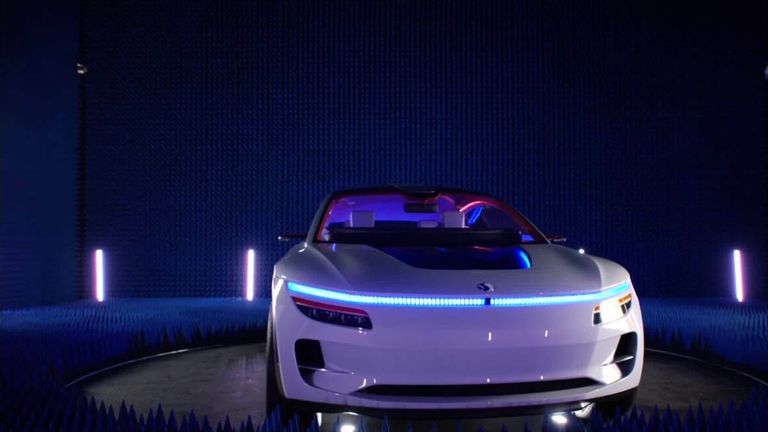Upcoming premium Android smartphones will have satellite connectivity, allowing users to send messages without any mobile signal.
The development is the result of a new partnership between chipmaker Qualcomm and satellite communications company Iridium, announced at the CES technology event in Las Vegas.
The two companies have teamed up to develop a so-called Snapdragon Satellite chip that will be part of a high-end Android phone due in the second half of 2023.
It follows the following deployment Similar technology in Apple’s iPhone 14 seriesbut currently only satellite connections are allowed to contact emergency services.
Qualcomm said the new chip would also be able to connect to Iridium’s satellite network in non-emergency situations, though that would depend on the individual manufacturer and would likely incur a fee.
Unlike the iPhone solution, Snapdragon isn’t tied to a single brand, which means phone makers from Samsung to Google can choose to implement it.
But in both cases, the idea is that your phone can connect to passing satellites when you don’t have mobile coverage, a common complaint in rural England.
More info from CES 2023:
Is this the future of electric vehicles?
PlayStation Introduces Accessibility Controller
The most eye-catching gadgets at the exhibition
This is the same as by Elon Musk’s Starlinkwhich prides itself on delivering ultra-fast broadband to the world’s most challenging environments.
However, the entry fee is much more expensive than standard cable and broadband packages.
If the service provider puts more satellites (in this case, Iridium) into orbit, the connection becomes faster and more reliable because devices on the ground have more targets to “ping.”
The Iridium constellation consists of 66 active satellites located approximately 485 miles above Earth, dispersed and cross-linked to ensure broad coverage.
And for it to work on a smartphone, the user needs to be outdoors with a clear view of the sky.
While the Snapdragon Satellite won’t be coming to cheaper Android models initially, Qualcomm says it will eventually expand to other devices — including laptops, tablets, and even cars.
